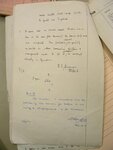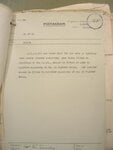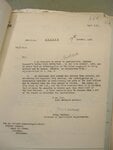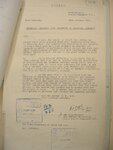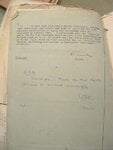No, 109 E , Werk Nr. 1480 was definitely a Bf 109 E-4 according to my sources. Shown below from Prien II./JG 3 and Battle of Britain Then and Now. No head armour in this photo either.
I'm going to throw this out there, could the Luftwaffe pilots feel they were getting outgunned so E-4's were issued as quickly as possible with or without armor just to get them into the battle?


